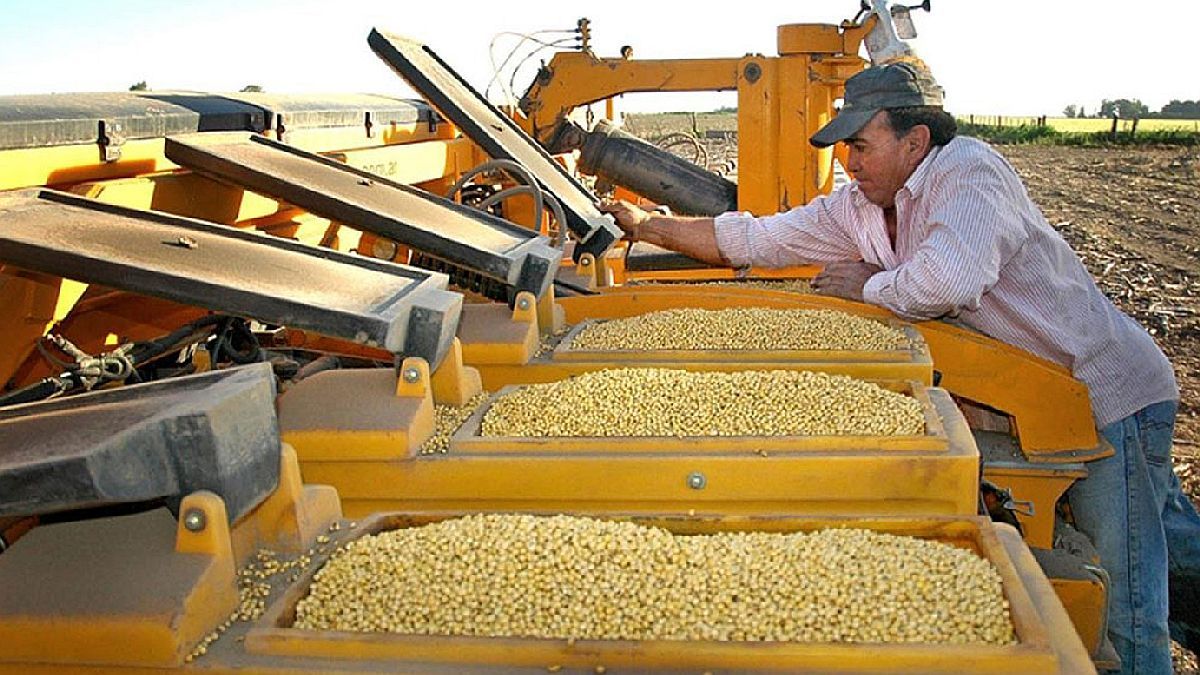Another key point to keep in mind is that 44% indicated that they believe that it is a good time to make investments. However, most of these investment decisions, whether made or scheduled, would not be based on a change in expectations, but on the need to protect one’s own capital against the growing devaluation of the Argentine peso.
It is a claim of the entire export sector of Argentina, that the official exchange rate is not moving at the same rate as inflation and that is making a dent in the profitability of agricultural companies. In this framework, it must be taken into account that producers also pay withholdings of 33% in the case of soybeans and 12% in the case of corn and wheat. That is why they are far from directly capturing the high international prices of agricultural commodities.
In this particular case, it differs a lot if the producer owns the field or leases it. In the second of the cases, the profit margins are even more limited in a context in which the increase in the prices of key inputs such as fertilizers and seeds weighs.
Taking these variables into account, one out of every six hectares that is planned to be planted this winter will be done with a crop that is not intended to be harvested, but rather with a focus on sustainability and rotation. “Wheat planting would register a relative decrease (60% compared to 66% last year) due to the fact that the commercial conditions present in the cereal market are not ideal due to official intervention and the consequent uncertainty regarding the grain market. this cereal. In any case, in nominal terms, the wheat area remains stable”, indicates the survey.
In regards to cattle businessaccording to the CREA survey, as has been happening since the end of last year, more than half of the ranchers consulted plan to increase the stock of wombs in a context in which this category of property operates as a reserve of value in the face of an unstable context.
Specifically, the livestock breeding plans project to wean an average of 2.4% more calves than in 2021, which represents an important achievement, since many regions have been affected in recent months by droughts and fires.
Regarding wintering, the survey revealed that, on average, the average duration of cattle finishing last March was estimated at 13.2 months, while a year ago it was 10.9 months. This is because the systems are becoming more pastoral as a defensive strategy against the general increase in production costs.
Finally, with regard to dairy, even though two out of three respondents indicated that they suffered drought as a climatic adversity in the last cycle, an increase in milk production is expected in the next four months mainly due to an increase in of the number of cows in milking.
“Both because of the local institutional context, given the uncertainty regarding the current regulatory framework in which companies have to operate, and because of the productive risk, given the impact of the climate due to drought and fires, agricultural entrepreneurs are going through a complex situation that impacts decision-making, not only day-to-day, but also in the medium and long term”, closes the survey that leaves several key points to take into account.
Source: Ambito
David William is a talented author who has made a name for himself in the world of writing. He is a professional author who writes on a wide range of topics, from general interest to opinion news. David is currently working as a writer at 24 hours worlds where he brings his unique perspective and in-depth research to his articles, making them both informative and engaging.




